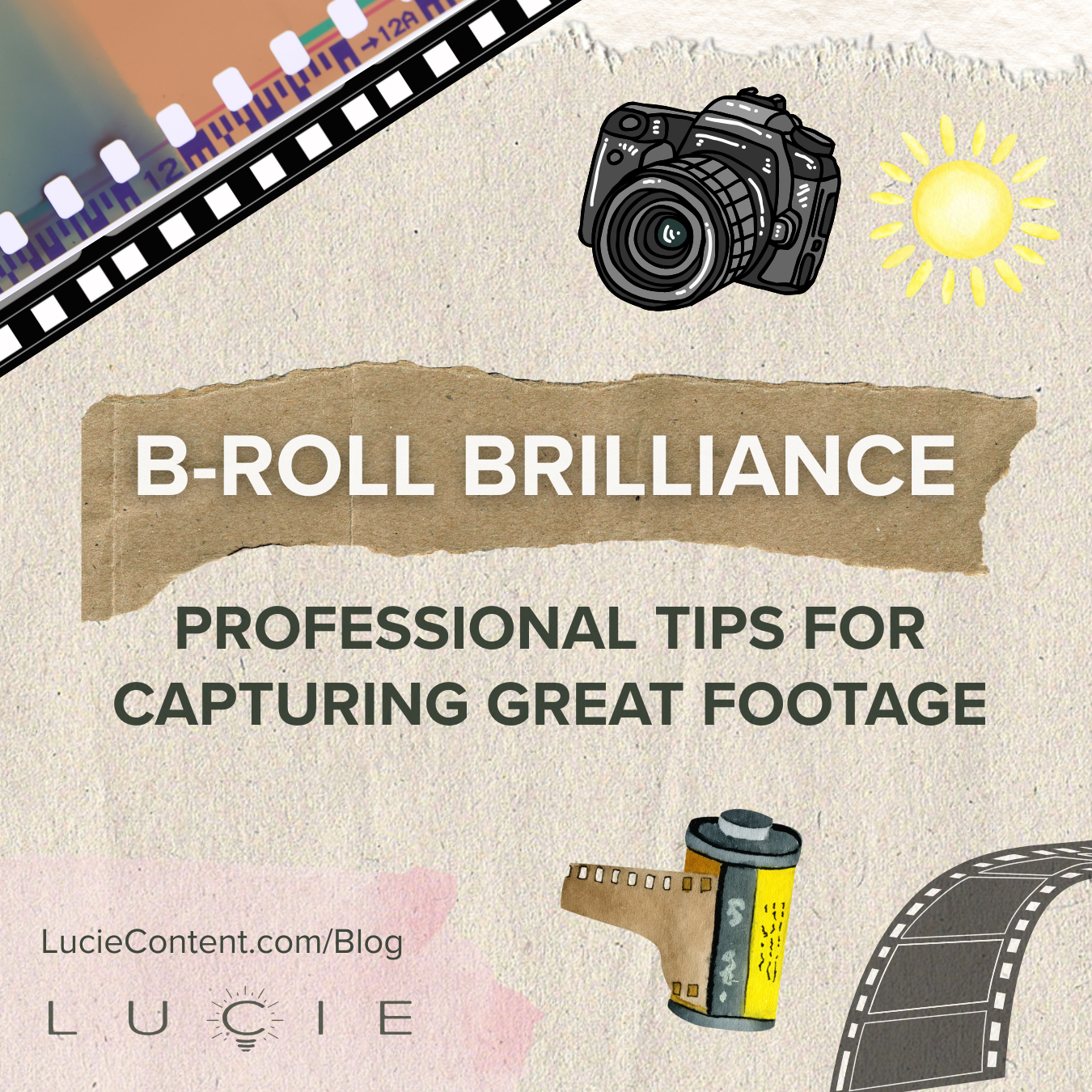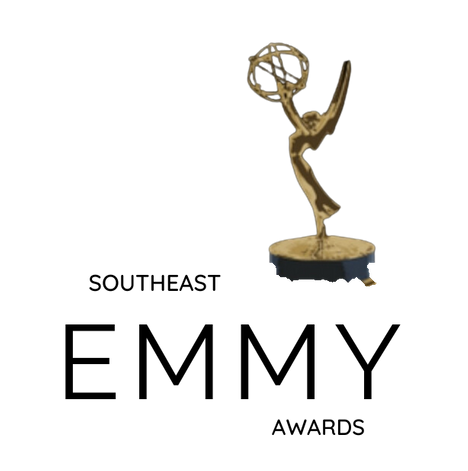Tips for planning and shooting high-quality B-roll that adds depth to your storytelling.
What is B-Roll? B-roll is supplementary footage used in video production to support the main narrative, enhance storytelling, and maintain viewer engagement. It includes shots of environments, actions, reactions, and details that play alongside or between primary footage (A-roll) to create a more compelling visual story.
Picture this: you’re watching a corporate video where the CEO talks directly to the camera for three straight minutes. No cuts, no visual variety, just a talking head sharing quarterly results. How long before your attention starts to wander? Probably not very long.
If you’re investing in professional video production, you don’t want to end up with static content that fails to hold viewer attention. The difference between a video that engages and one that loses viewers often comes down to one crucial element: strategic supplementary footage that supports and enhances the main narrative.
B-roll is the secret ingredient that transforms talking heads into compelling visual stories. When done right, it creates a professional polish that keeps viewers engaged while reinforcing your message in ways that words alone simply cannot achieve.
What is B-Roll and Why It Matters
B-roll refers to the supplementary footage that supports your primary narrative. For example, the shots that play while your main subject is speaking or between key moments in your story. The term comes from traditional film and television production, where A-roll represented the primary footage (like interviews or main action) and B-roll encompassed everything else that helped tell the story. Our team’s background in journalism and media production gives us a unique perspective on capturing this type of strategic footage.
But B-roll is far more than just visual filler. There’s actual psychology behind why our brains crave this visual variety. Human attention naturally seeks movement and change. Static images or lengthy talking head shots trigger what researchers call “cognitive fatigue.” When viewers see the same shot for extended periods, their engagement drops significantly.
From a business perspective, this directly impacts your bottom line. Videos with strategic B-roll see higher completion rates, better engagement metrics, and more professional perception from potential clients. Consider the difference between a testimonial video featuring only a client speaking to camera versus one that includes shots of their team in action, their workspace, or the results of your collaboration. The second version doesn’t just look more professional — it tells a richer, more convincing story. You can see examples of this approach in our portfolio and case studies.
The Strategic Planning Phase
Effective B-roll starts long before you pick up a camera. The planning phase determines whether your supplementary footage will genuinely enhance your story or simply add visual noise.
Pre-Production is Everything
Begin by story mapping. Identify specific moments in your script or narrative that need visual support. Ask yourself: when is the viewer hearing about something they should also see? If your CEO mentions “our dedicated team,” that’s a perfect cue for B-roll showing employees collaborating. When discussing “quality craftsmanship,” show hands working with precision and care.
Create a detailed shot list that goes beyond generic footage. Instead of simply noting “office shots,” specify “team members collaborating around a conference table,” “close-up of hands typing,” or “wide shot of bustling workspace.” This specificity ensures you capture footage that directly reinforces your message rather than just filling time.
Location scouting becomes crucial here. The environments you choose should enhance your story’s emotional impact. A healthcare provider discussing patient care looks more credible when filmed in their actual facility rather than a generic conference room.
Questions to Ask Before You Shoot:
- What emotions should each scene evoke in your audience?
- What does “success” look like for your subject or company?
- What daily activities best represent your brand values?
- Which environments naturally reinforce your message?
The 3-Layer Approach:
Think of B-roll in three strategic layers. Layer 1 provides direct support, showing exactly what’s being discussed. If someone mentions your manufacturing process, show that process in action. Layer 2 offers contextual support, capturing the environment and atmosphere that surrounds your story. Layer 3 delivers emotional support through reactions, detailed close-ups, or even metaphorical imagery that reinforces the feeling you want viewers to experience.
Shooting Techniques That Make the Difference
Quality B-roll doesn’t require Hollywood budgets, but it does demand thoughtful technique and planning.
Equipment Essentials
Whether you’re using a professional camera, DSLR, mirrorless camera, or even a smartphone, the key is understanding your equipment’s capabilities and limitations. More important than the camera itself is stabilization. Shaky footage immediately signals amateur production. Invest in a tripod for static shots, consider a gimbal for smooth movement, or master proper handheld technique if those aren’t options. If you’re looking to upgrade your setup, our team at Lucie Studios has state-of-the-art equipment and can handle all aspects of your video production needs.
Professional B-roll Insights from Our In-House DP:
We spoke to our Director of Photography, Mark Petersen, to get his expert perspective on what makes B-roll footage truly effective. Here’s what he told us:
- Shoot in sequences – For any action or process, capture wide shots that establish context, medium shots that show the activity, and close-ups that highlight important details. This gives editors options and creates natural flow.
- Capture beginnings and endings, not just the middle of actions – Show someone picking up a tool, using it, and setting it down. These transitions help editors create smooth, logical progressions.
- Hold your shots – Give each shot at least 10 seconds of usable footage. Editors need options for timing and pacing, and it’s easier to trim excess footage than to stretch insufficient material.
- Vary your angles – High angles, low angles, and side perspectives create visual interest and prevent monotony. A simple conversation becomes more engaging when shown from multiple viewpoints.
- Focus on details – Hands working, facial expressions, small interactions, and environmental elements often become the most powerful B-roll moments because they reveal character and authenticity.
Technical Tips for Quality:
Pay attention to lighting consistency. If your primary footage is well-lit, your B-roll should match that quality. Natural light often works beautifully, but avoid harsh shadows or dramatic lighting changes that will clash with your main footage.
Consider frame rate strategically. Standard 24fps works for most business content, but 60fps gives you slow-motion options that can add elegance to product demonstrations or emphasize precision in manufacturing processes.
Use depth of field purposefully. A shallow depth of field can isolate important subjects and create professional-looking bokeh, directing viewer attention exactly where you want it.
Always move with purpose. A slow push-in on someone concentrating can enhance the feeling of dedication, while a gentle pan across a workspace can establish scope and scale.
Common Mistakes to Avoid:
Use a mixture of handheld and static shots. Constant handheld motion becomes distracting and unprofessional, but relying only on static shots misses the energy of movement and human activity that often tells your story better.
Finally, plan for smooth transitions by ensuring your shots will connect logically in the editing room. For example, capture natural entry and exit points like people walking through doorways, shoot the same activity from multiple angles, and film cutaway details like close-ups of hands or tools that can bridge between main shots.
Industry-Specific B-roll Strategies
Different industries require different approaches to effective B-roll footage.
Corporate and Business environments benefit from shots showing employee collaboration, teamwork, and workplace culture. Capture product creation or service delivery processes, genuine customer interactions, and the physical environment that reflects your company’s personality and values. For inspiration, check out our video portfolio.
Healthcare organizations should focus on technology and equipment in action, staff interactions that demonstrate care and professionalism, facility cleanliness and organization, and behind-the-scenes preparation that shows attention to detail. Always ensure proper permissions when filming in patient care areas.
Manufacturing and Industrial companies can showcase production processes, quality control measures, safety protocols, team coordination, and the precision of their work. These industries often have naturally compelling visuals that demonstrate expertise and reliability.
Service Industries should capture client consultations, problem-solving in action, attention to detail in their work, the tools and setup that demonstrate professionalism, and the results that show customer satisfaction. Learn more about our approach to video production services for different industries.
Post-Production Integration
Capturing great B-roll is only half the battle. Integrating it effectively during editing determines its ultimate impact.
Consider editing rhythm carefully. B-roll should enhance pacing without overwhelming the primary message. Quick cuts can build energy and excitement, while longer, more contemplative shots allow viewers to absorb information and emotion.
Balance natural sound from your B-roll with primary audio. Sometimes the ambient sound of a workspace or the natural audio from an activity adds authenticity that enhances the viewing experience.
Ensure color grading consistency between your primary footage and B-roll. Mismatched color temperatures or contrast levels immediately signal to viewers that footage was captured separately, potentially undermining the seamless story you’re trying to tell.
Use pacing strategically. Know when quick cuts serve your story and when longer shots allow viewers to appreciate the details and craftsmanship you’re showcasing.
Conclusion
B-roll isn’t just filler footage — it’s strategic storytelling that can transform ordinary videos into compelling narratives. The difference between amateur and professional video production often comes down to thoughtful supplementary footage that supports and enhances your primary message.
Start planning your next video project with B-roll in mind. Map out the visual story you want to tell, create specific shot lists that support your narrative, and approach filming with the understanding that these supplementary shots often become the most memorable and impactful moments of your final video.
At Lucie Content, our Atlanta-based team approaches every project with this strategic mindset, recognizing that compelling B-roll footage is what transforms a simple message into an engaging visual experience. Our content grabs are designed specifically to capture not just your primary story, but also the rich supplementary footage that brings that story to life.
Ready to see how strategic B-roll can elevate your video content? Contact our video production team to discuss how we can help you tell your story with the visual depth and professional polish it deserves.












